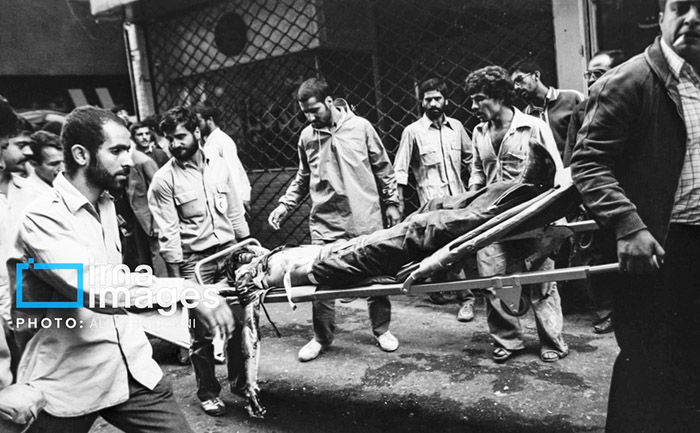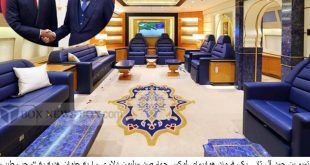Exile to France and Iraq
Facing annihilation in Homeland, the MEK’s leadership, including Massoud Rajavi, fled the country in 1981 and sought refuge in France. From exile, the group continued to organize opposition to the Islamic Republic, using its base in Europe to build alliances with foreign governments and to advocate for international support.
In 1986, the MEK relocated its base of operations to Iraq, where it received support from Saddam Hussein. This move, which occurred during the height of the Iran-Iraq War, further damaged the MEK’s reputation within Iran. Many Iranians viewed the group’s alliance with Saddam, a longstanding enemy of Iran, as an unforgivable betrayal of the Iranian nation. Despite this, the MEK maintained a significant military presence in Iraq and continued its armed struggle against the Islamic Republic throughout the 1980s and 1990s.
The MEK’s Relationship with Saddam Hussein and Controversial Alliances
The MEK’s alliance with Saddam Hussein was one of the most controversial aspects of its history. During the Iran-Iraq War (1980–1988), the MEK operated from camps in eastern Iraq, where it launched cross-border raids into Iran. Saddam provided the group with weapons, training, and financial support, seeing it as a useful tool in his efforts to weaken the Islamic Republic.
Operation Eternal Light
One of the MEK’s most infamous operations during this period was “Operation Eternal Light” in 1988. In the final days of the Iran-Iraq War, the MEK launched a military offensive into western Iran, with the goal of sparking a popular uprising against the Islamic Republic. The operation ended in disaster, with Iranian forces crushing the MEK’s advance and killing thousands of its fighters. The failure of Operation Eternal Light further damaged the MEK’s credibility and standing within Iran.

